Robert MacFarlane Quotes about the Wild Places of the World
These Robert MacFarlane Quotes describe the wonder, esoteric charm and value of the natural environments of the world.
Robert Macfarlane is a British nature writer and literary critic.
Educated at Nottingham High School, Pembroke College, Cambridge and Magdalen College, Oxford, he is currently a Fellow of Emmanuel College, Cambridge, and teaches in the Faculty of English at Cambridge.
Robert Macfarlane is the author of Mountains of the Mind, The Wild Places, The Old Ways, Landmarks, and The Lost Words, co-created with Jackie Morris.
Mountains of the Mind won the Guardian First Book Award and the Somerset Maugham Award and The Wild Places won the Boardman-Tasker Award. Both books have been adapted for television by the BBC.
The Lost Words won the Books Are My Bag Beautiful Book Award and the Hay Festival Book of the Year. He also writes on environmentalism, literature and travel for publications including the Guardian, the Sunday Times and The New York Times.
ROBERT MACFARLANE QUOTES – UNDERLAND
The first section of Robert MacFalane Quotes come from his book Underland.
In Underland, Robert Macfarlane takes us on a journey into the worlds beneath our feet. From the ice-blue depths of Greenland’s glaciers, to the underground networks by which trees communicate, from Bronze Age burial chambers to the rock art of remote Arctic sea-caves, this is a deep-time voyage into the planet’s past and future.
Global in its geography, gripping in its voice and haunting in its implications, Underland is a work of huge range and power, and a remarkable new chapter in Macfarlane’s long-term exploration of landscape and the human heart.
“to understand light you need first to have been buried in the deep-down dark.”
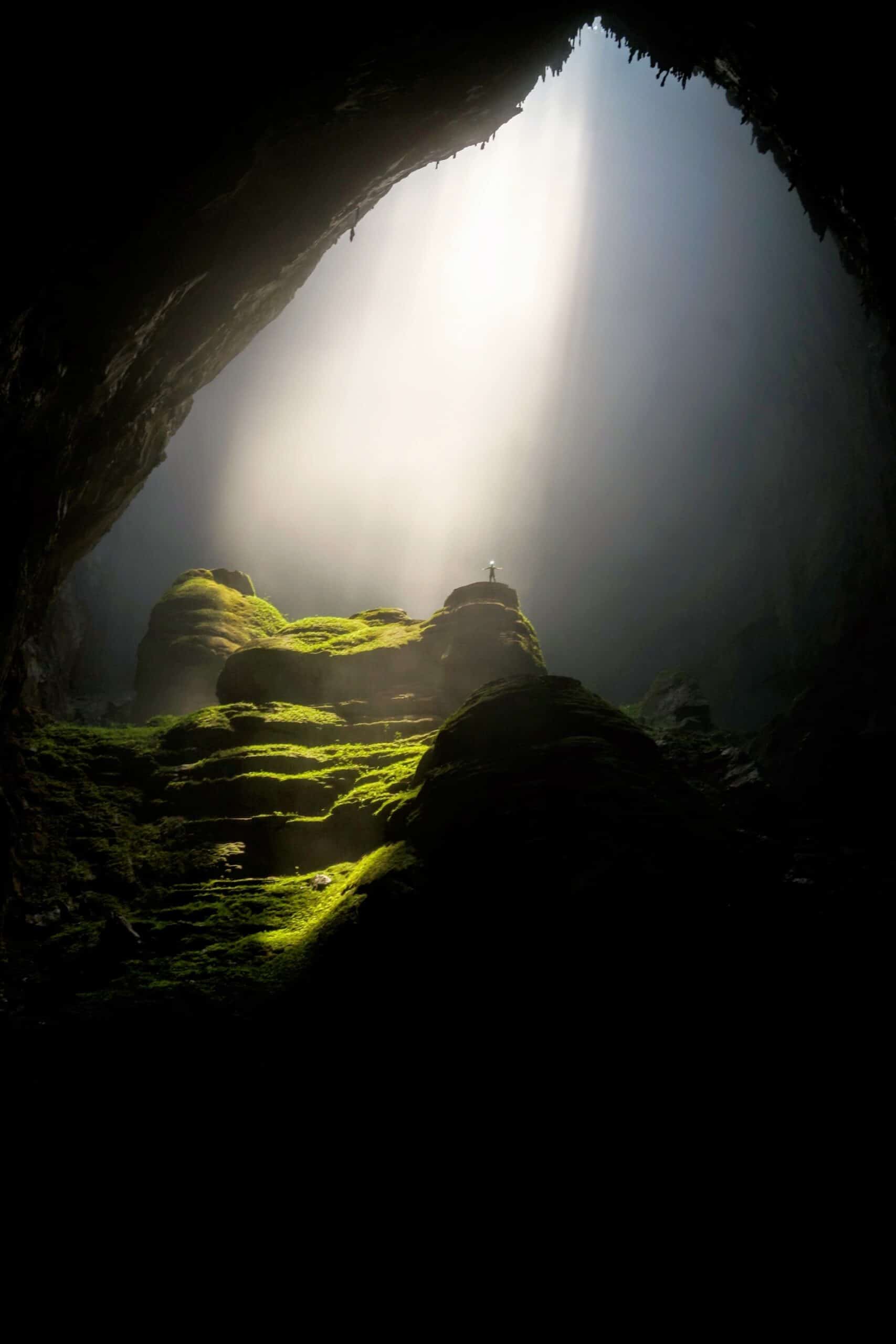
“We are often more tender to the dead than to the living, though it is the living who need our tenderness most.”
“We all carry trace fossils within us – the marks that the dead and the missed leave behind. Handwriting on an envelope; the wear on a wooden step left by footfall; the memory of a familiar gesture by someone gone, repeated so often it has worn its own groove in both air and mind: these are trace fossils too.
Sometimes, in fact, all that is left behind by loss is trace – and sometimes empty volume can be easier to hold in the heart than presence itself.”
“Among the relics of the Anthropocene, therefore, will be the fallout of our atomic age, the crushed foundations of our cities, the spines of millions of intensively farmed ungulates, and the faint outlines of some of the billions of plastic bottles we produce each year – the strata that contain them precisely dateable with reference to the product-design archives of multinationals.
Philip Larkin famously proposed that what will survive of us is love. Wrong. What will survive of us is plastic, swine bones and lead-207, the stable isotope at the end of the uranium-235 decay chain.”
“For deep time is measured in units that humble the human instant: millennia, epochs and aeons, instead of minutes, months and years. Deep time is kept by rock, ice, stalactites, seabed sediments and the drift of tectonic plates.
Seen in deep time, things come alive that seemed inert. New responsibilities declare themselves. Ice breathes. Rock has tides. Mountains rise and fall. We live on a restless Earth.”
Try these great adventure books
“We should resist such inertial thinking; indeed, we should urge its opposite – deep time as a radical perspective, provoking us to action not apathy. For to think in deep time can be a means not of escaping our troubled present, but rather of re-imagining it; countermanding its quick greeds and furies with older, slower stories of making and unmaking.
At its best, a deep time awareness might help us see ourselves as part of a web of gift, inheritance and legacy stretching over millions of years past and millions to come, bringing us to consider what we are leaving behind for the epochs and beings that will follow us.”
“Something I heard an archaeologist say in Oslo about deep time returns to me: Time isn’t deep, it is always already all around us. The past ghosts us, lies all about us less as layers, more as drift.
Here that seems right, I think. We ghost the past, we are its eerie.”
“The term ‘mycorrhiza’ is made from the Greek words for ‘fungus’ and ‘root’.
It is itself a collaboration or entanglement; and as such a reminder of how language has its own sunken system of roots and hyphae, through which meaning is shared and traded.
The relationship between mycorrhizal fungi and the plants they connect is ancient – around 450 million years old – and largely one of mutualism. In the case of the tree–fungi mutualism, the fungi siphon off carbon that has been produced in the form of glucose by the trees during photosynthesis, by means of chlorophyll that the fungi do not possess.
In turn, the trees obtain nutrients such as phosphorus and nitrogen that the fungi have acquired from the soil through which they grow, by means of enzymes that the trees lack.”
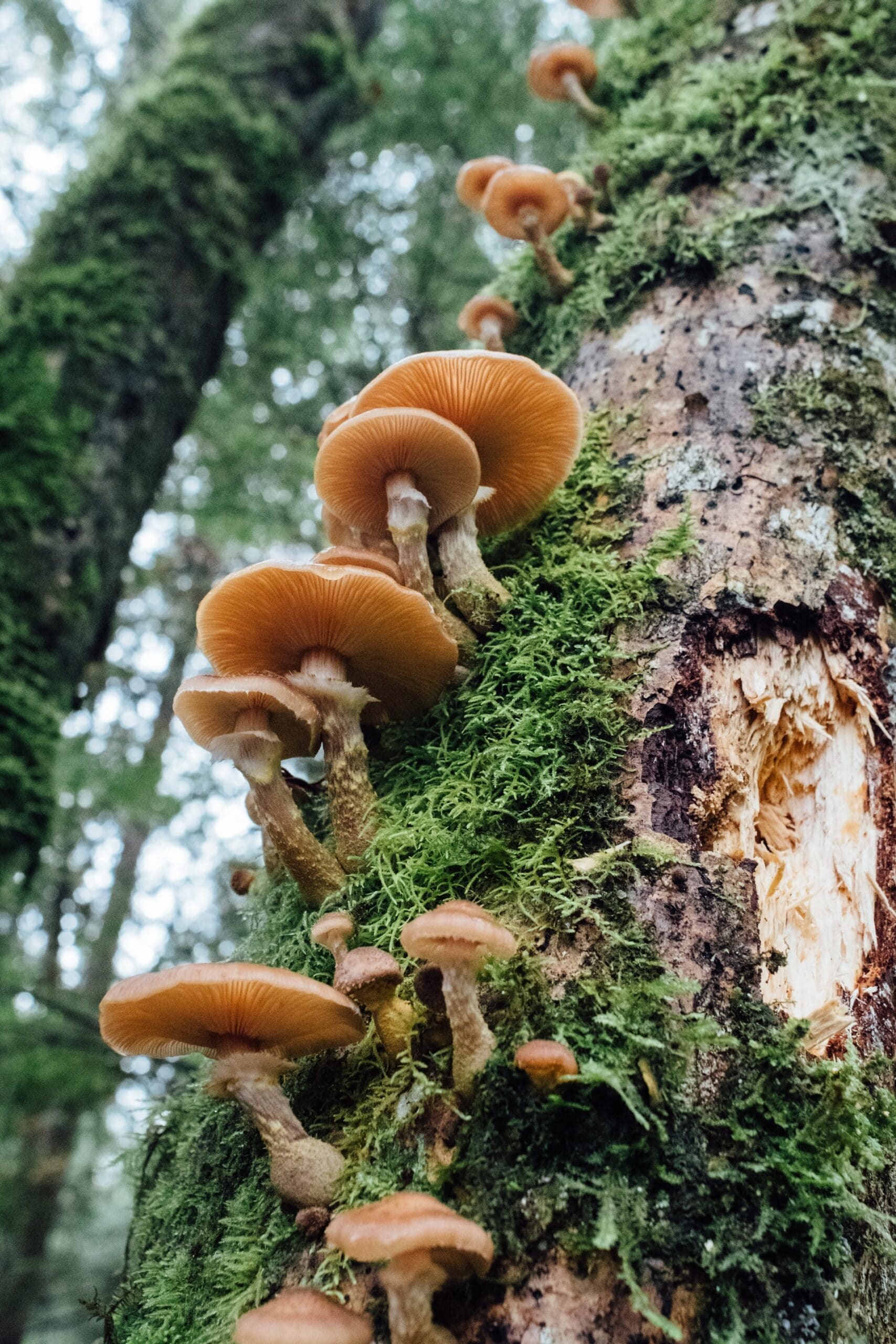
“We are part mineral beings too — our teeth are reefs, our bones are stones — and there is a geology of the body as well as of the land. It is mineralization — the ability to convert calcium into bone — that allows us to walk upright, to be vertebrate, to fashion the skulls that shield our brains.”
“As we have amplified our ability to shape the world, so we become more responsible for the long afterlives of that shaping. The Anthropocene asks of us the question memorably posed by the immunologist Jonas Salk: ‘Are we being good ancestors?”
“We tend to imagine stone as inert matter, obdurate in its fixity. But here in the rift it feels instead like a liquid briefly paused in its flow. Seen in deep time, stone folds as strata, gouts as lava, floats as plates, shifts as shingle. Over aeons, rock absorbs, transforms, levitates from seabed to summit.”
ROBERT MACFARLANE QUOTES – LANDMARKS
The second section of Robert MacFarlane Quotes are borrowed from his book Landmarks.
Landmarks is about the power of language to shape our sense of place. It is a field guide to the literature of nature, and a glossary containing thousands of remarkable words used in England, Scotland, Ireland and Wales to describe land, nature and weather.
Travelling from Cumbria to the Cairngorms, and exploring the landscapes of Roger Deakin, J. A. Baker, Nan Shepherd and others, Robert Macfarlane shows that language, well used, is a keen way of knowing landscape, and a vital means of coming to love it.
“To enter water is, of course, to cross a border. You pass the lake’s edge, the sea’s shore, the river’s brink – and in so doing you arrive at a different realm, in which you are differently minded because differently bodied.”
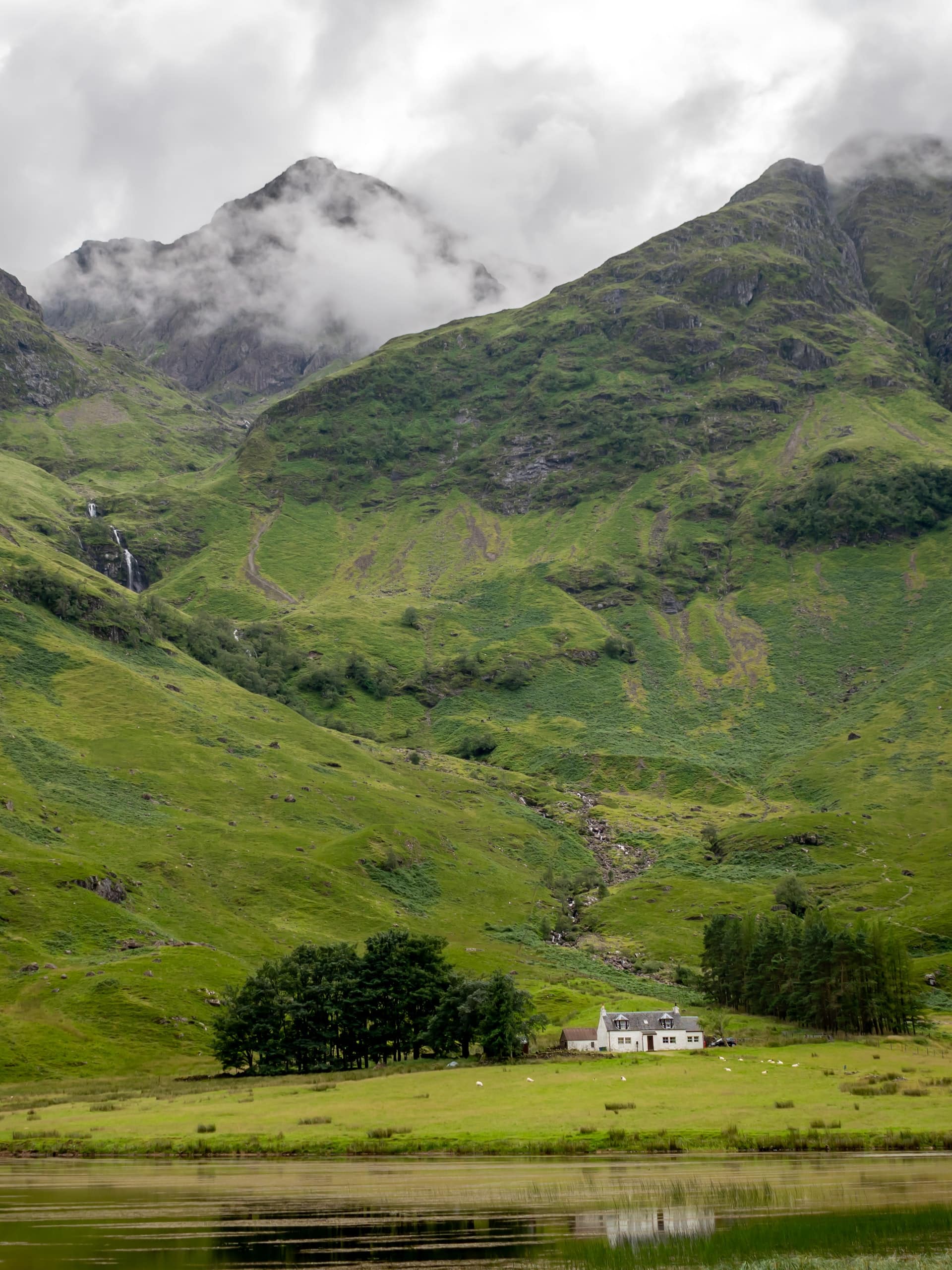
“The word “landmark” is from the old English “landmearc”, meaning ‘an object in the landscape which, by its conspicuousness, serves as a guide in the direction of one’s course.”
“Looking from afar – from present to past, from exile to homeland, from island back to mainland, mountain-top at lowland – results notin vision’s diffusion but in its sharpening; not in memory’s dispersal but in it’s plenishment.”
“In Northamptonshire dialect ‘to thaw’ is ‘to ungive.’
The beauty of this variant I find hard to articulate, but it surely has to do with the paradox of thaw figured as restraint or retention, and the wintry notion that cold, frost and snow might themselves be a form of gift — an addition to the landscape that will in time be subtracted by warmth.”
“walking sunwards through snow late on a midwinter day, with the wind shifting spindrift into the air such that the ice-dust acts as a prismatic mist, refracting sunshine into its pale and separate colours; or out on a crisp November night in a city garden, with the lit windows of houses and the orange glow of street light around, while the stars blinter above in the cold high air.”
“Language is fossil poetry,’ wrote Ralph Waldo Emerson in 1844, ‘[a]s the limestone of the continent consists of infinite masses of the shells of animalcules, so language is made up of images, or tropes, which now, in their secondary use, have long ceased to remind us of their poetic origin.”
“We have become experts in analysing what nature can do for us, but lack a language to evoke what it can do to us.”
“Once they go unnamed they go to some degree unseen. Language deficit leads to attention deficit.”
THE OLD WAYS
The third section of Robert MacFarlane Quotes are taken from his book The Old Ways.
Following the tracks, holloways, drove-roads and sea paths that form part of a vast ancient network of routes criss-crossing the British Isles and beyond, Robert Macfarlane discovers a lost world – a landscape of the feet and the mind, of pilgrimage and ritual, of stories and ghosts; above all of the places and journeys which inspire and inhabit our imaginations.
“Single trees are extraordinary; trees in number more extraordinary still. To walk in a wood is to find fault with Socrates’s declaration that ‘Trees and open country cannot teach me anything, whereas men in town do.’ Time is kept and curated and in different ways by trees, and so it is experienced in different ways when one is among them.
This discretion of trees, and their patience, are both affecting. It is beyond our capacity to comprehend that the American hardwood forest waited seventy million years for people to come and live in it, though the effort of comprehension is itself worthwhile.
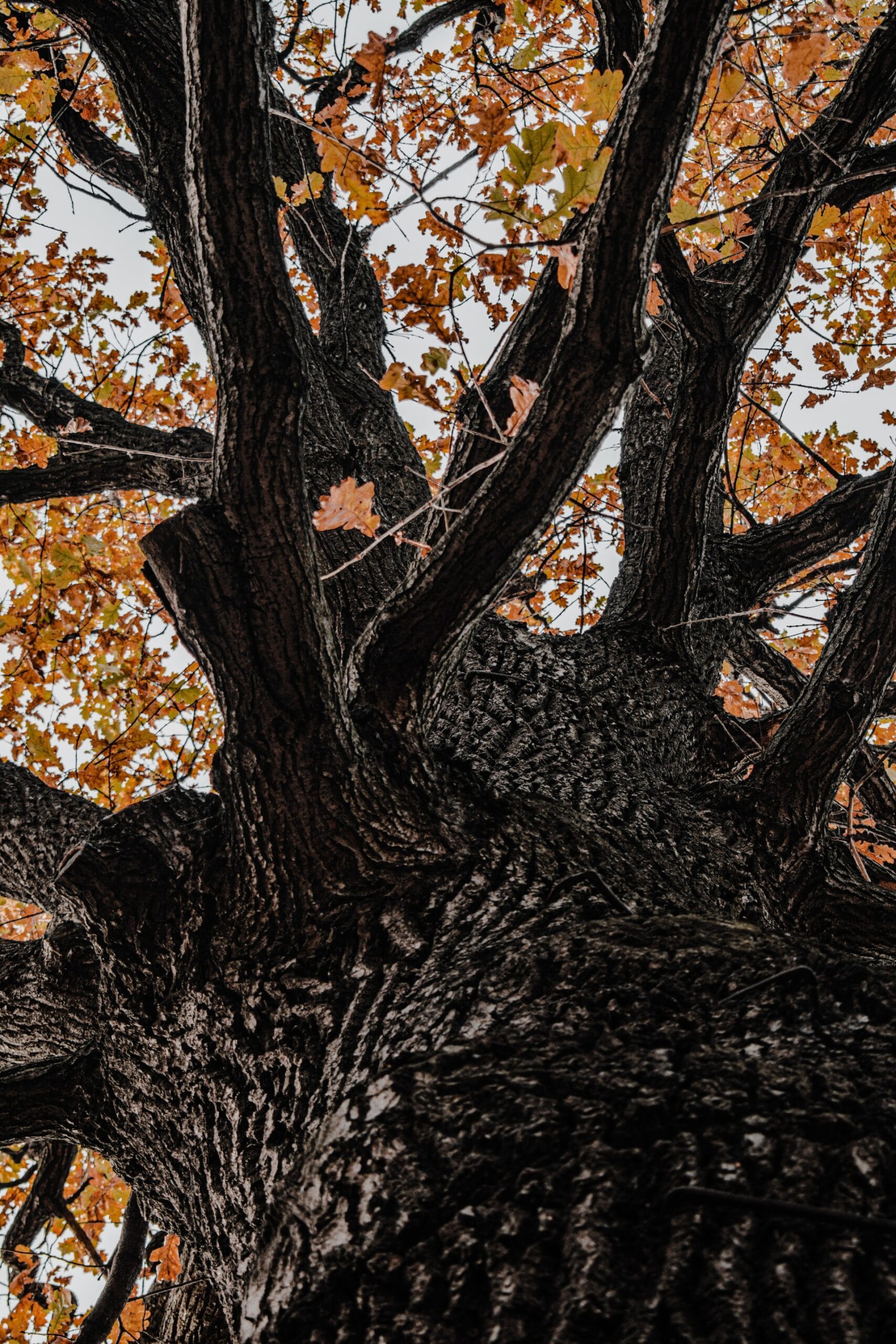
It is valuable and disturbing to know that grand oak trees can take three hundred years to grow, three hundred years to live and three hundred years to die. Such knowledge, seriously considered, changes the grain of the mind.”
“Thought, like memory, inhabits external things as much as the inner regions of the human brain. When the physical correspondents of thought disappear, then thought, or its possibility, is also lost. When woods and trees are destroyed — incidentally, deliberately — imagination and memory go with them. W.H. Auden knew this. ‘A culture,’ he wrote warningly in 1953, ‘is no better than its woods.’”
“We tend to think of landscapes as affecting us most strongly when we are in them or on them, when they offer us the primary sensations of touch and sight. But there are also the landscapes we bear with us in absentia, those places that live on in memory long after they have withdrawn in actuality, and such places — retreated to most often when we are most remote from them — are among the most important landscapes we possess.”
“Touch is a reciprocal action, a gesture of exchange with the world. To make an impression is also to receive one, and the soles of our feet, shaped by the surfaces they press upon, are landscapes themselves with their own worn channels and roving lines. They perhaps most closely resemble the patterns of ridge and swirl revealed when a tide has ebbed over flat sand”
“Humans are animals and like all animals we leave tracks as we walk: signs of passage made in snow, sand, mud, grass, dew, earth or moss…. We easily forget that we are track-markers, through, because most of our journeys now occur on asphalt and concrete–and these are substances not easily impressed.”
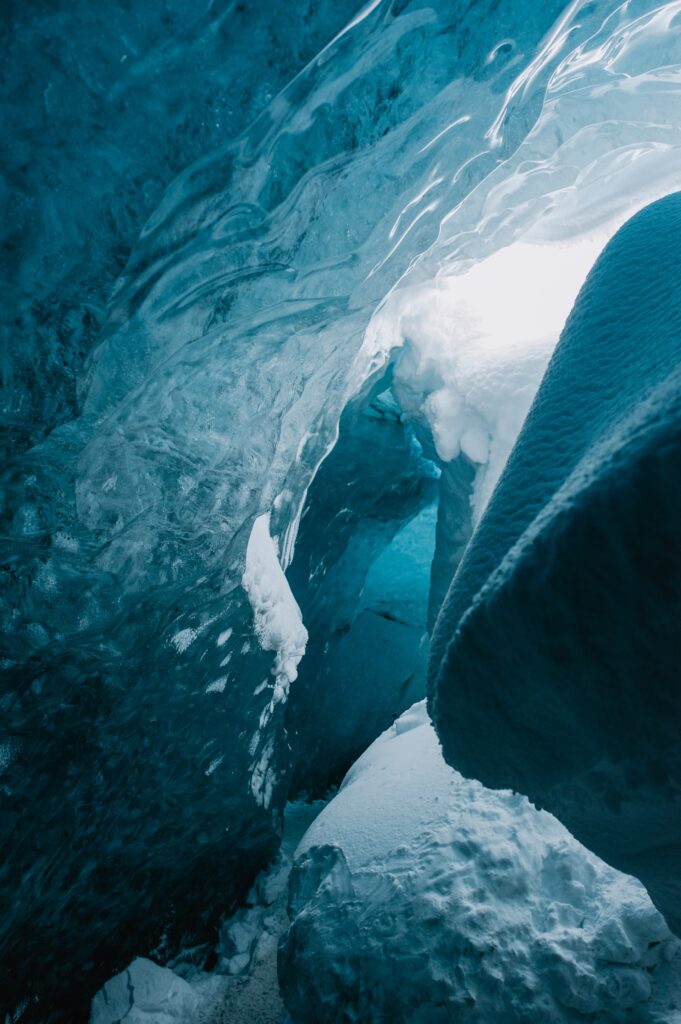
“Paths are the habits of a landscape. They are acts of consensual making. It’s hard to create a footpath on your own…Paths connect. This is their first duty and their chief reason for being.
They relate places in a literal sense, and by extension they relate people. Paths are consensual, too, because without common care and common practice they disappear: overgrown by vegetation, ploughed up or built over (through they may persist in the memorious substance of land law).
Like sea channels that require regular dredging to stay open, paths NEED walking.”
“We lack – we need – a term for those places where one experiences a ‘transition’ from a known landscape… into ‘another world’: somewhere we feel and think significantly differently.
They exist even in familiar landscapes: there when you cross a certain watershed, recline or snowline, or enter rain, storm or mist. Such moments are rites of passage that reconfigure local geographics, leaving known places outlandish or quickened, revealing continents within counties.”
“Adam Nicolson has written of the ‘powerful absence[s]’ that remembered landscapes exert upon us, but they exist as powerful presences too, with which we maintain deep and abiding attachments. These, perhaps, are the landscapes in which we live the longest, warped though they are by time and abraded though they are by distance”
“As I envisage it, landscape projects into us not like a jetty or peninsula, finite and bounded in its volume and reach, but instead as a kind of sunlight, flickeringly unmappable in its plays yet often quickening and illuminating.
We are adept, if occasionally embarrassed, at saying what we make of places — but we are far less good at saying what place makes of us. For some time now it has seemed to me that the two questions we should ask of any strong landscape are these: firstly, what do I know when I am in this place that I can know nowhere else? And then, vainly, what does this place know of me that I cannot know of myself?”
“The best-known connection between footfall, knowledge and memory is the Aboriginal Australian vision of the Songlines. According to this cosmogony, the world was created in an epoch known as the Dreamtime, when the Ancestors emerged to find the earth a black, flat, featureless terrain.
They began to walk out across this non-place, and as they walked they broke through the crust of the earth and released the sleeping life beneath it, so that the landscape sprang up into being with each pace.
As Bruce Chatwin explained in his flawed but influential account, ‘each totemic ancestor, while travelling through the country, was thought to have scattered a trail of words and musical notes along the line of his footprints’.
Depending on where they fell, these foot-notes became linked with particular features of the landscape.
Thus the world was covered by ‘Dreaming-tracks’ that ‘lay over the land as “ways” of communication’, each track having its corresponding Song…. To sing out was–-and still is, just about, for the Songs survive, though more and more of them slip away with each generation–-therefore to find one’s way, and storytelling was indivisible from wayfaring.”
“Lift is created by the onwards rush of life over the curved wing of the soul.”
Robert MacFarlane Quotes
If you enjoyed these Quotes by Robert MacFarlane try these wise words on Oceans, Rivers or Trees.
To read these Quotes by Robert MacFarlane in context we highly recommend buying his excellent books.

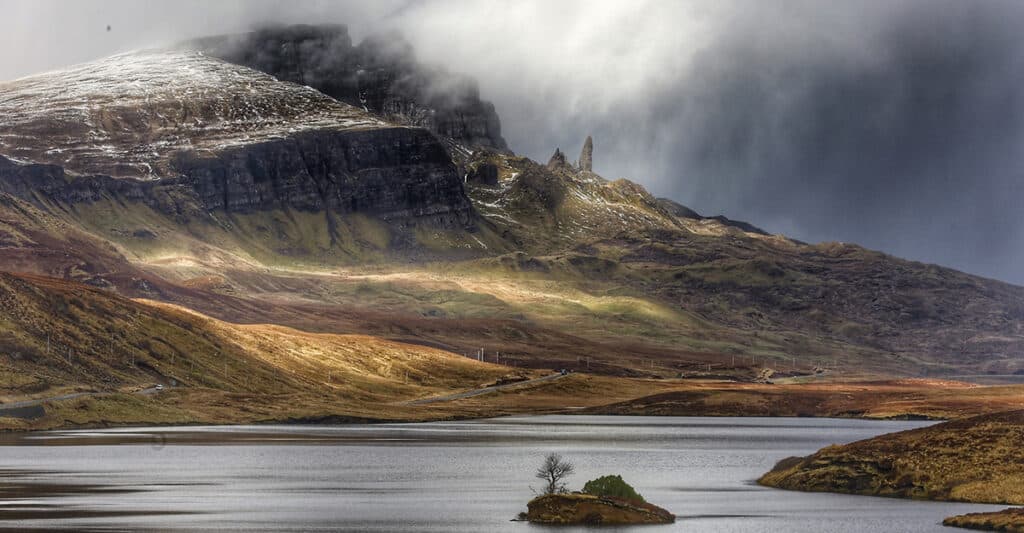
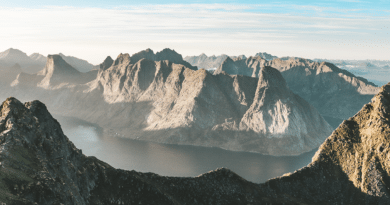
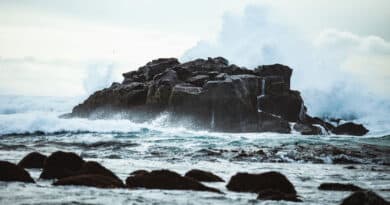

Comments are closed.